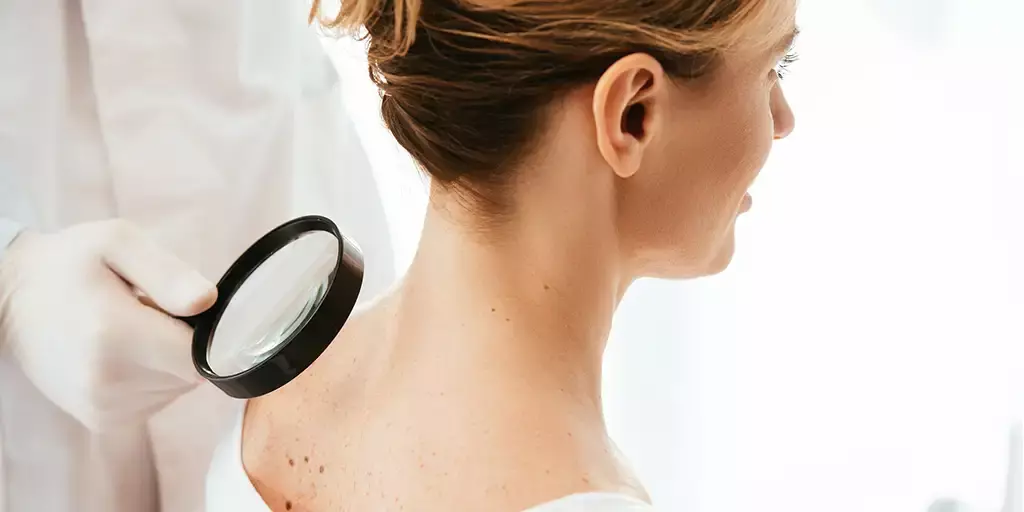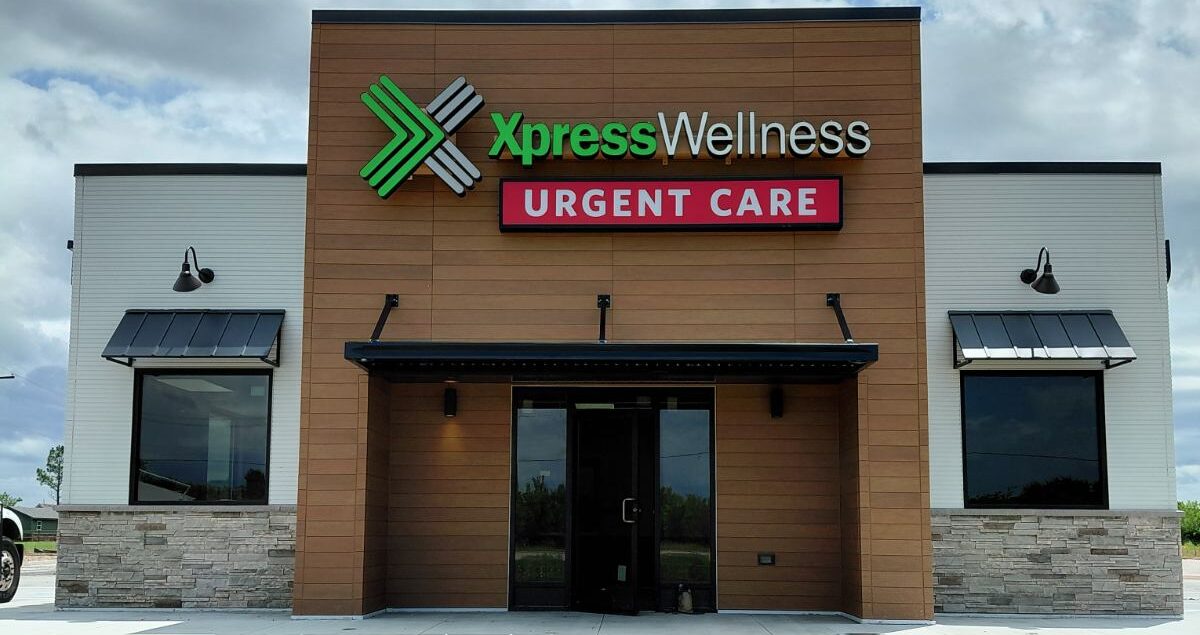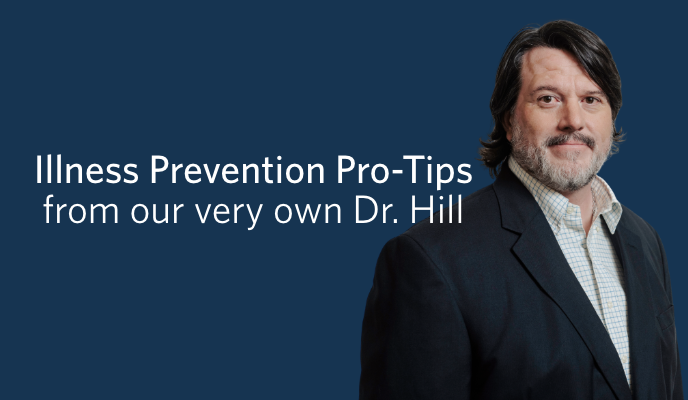Skin cancer is one the most common types of cancers all over the world, affecting millions of people each year. While it can be a devastating diagnosis, skin cancer is usually very treatable when it’s detected in its early stages.
Skin cancer awareness is one of the best ways you can protect yourself and your loved ones. Understanding the signs, prevention, and early detection are all crucial in the fight against it. Find out how to use these vital methods in order to recognize and prevent skin cancer before it takes hold.
What Causes Skin Cancer?
Most skin cancers, especially those that occur in younger populations, are caused by sun exposure. Long term exposure, short periods of intense UV exposure, and sunburns all increase the risk of skin cancer. Sunburns that blister further increase the chances of developing skin cancer. The UV rays in sunlight damage the DNA in your skin, which can cause abnormal cells to form. These abnormal cells then divide rapidly in a random pattern, creating a mass of cancer cells.
Genetics, age, underlying health conditions, and other environmental factors can also predispose individuals to certain types of skin cancers – with or without UV exposure. Tanning beds and sunbathing without sunscreen are also factors that greatly increase your chances of developing skin cancer.
Recognizing the Signs of Skin Cancer
One of the most effective ways of identifying melanoma, the deadliest form of skin cancer, is by using the ABCDE rule:
- A is for Asymmetry: One half of the mole or spot doesn’t match the other half
- B is Border: The edges are irregular, ragged, notched, or blurred
- C is for Color: The color is not the same all over and may include shades of brown or black, sometimes with patches of pink, red, white, or blue.
- D is for Diameter: The spot is larger than 6mm across (about the size of a pencil eraser), although melanomas can sometimes be smaller than this.
- E is for Evolving: The mole is changing in size, shape, or color.
Other warning signs:
- Sores that don’t heal: Persistent, non-healing sores can indicate skin cancer
- New growths: Any new spots or growths on the skin should be examined by a medical provider.
- Itching, tenderness, or pain: If a mole or spot becomes painful, itchy, or tender, it needs medical attention.
- Changes in texture: Moles or spots that become scaly, lumpy, or that begin to ooze or bleed.
Prevention Strategies
Thankfully, there are several ways to prevent skin cancers that are caused by sun exposure. These can, and should, be used in all age groups routinely when UV rays are in the forecast.
- Use sunscreen: Apply a broad-spectrum sunscreen with a sun protection factor (SPF) of at least 30. Reapply every two hours, or more often if you’re swimming or sweating.
- Seek shade: Avoid direct sun exposure between 10 a.m. and 4 p.m., when the sun’s rays are the strongest.
- Wear protective clothing: Long-sleeved shirts, pants, and wide-brimmed hats can help protect your skin.
- Avoid tanning beds: Tanning beds emit harmful UV radiation that can increase the risk of skin cancer and cause irreparable damage to your skin.
The Importance of Early Detection
Detecting skin cancer in its early stages significantly increases the chances of successful treatment. Here are some reasons why early detection is so crucial:
- Improved treatment outcomes: Skin cancer detected early is more likely to be treated successfully with less invasive procedures.
- Reduced spread: Early-stage skin cancers are less likely to spread to other parts of the body.
- Lower treatment costs: Treating skin cancer in its early stages can be less costly or complex than treating advanced stages.
Keep an eye out for any changes on your skin. At-home prevention and monitoring includes keeping notes or pictures to help you recognize if any spots are changing, or if any new spots appear. These notes will give medical providers a beneficial history of the spots in question.
What to Do If You Notice Warning Signs
Bringing awareness to skin cancer is important in effectively preventing and treating it. By recognizing the signs, adopting preventive measures, and prioritizing early detection, you can significantly reduce your risk of developing skin cancer or complications from it. If you have any signs or symptoms of skin cancer, it’s important to be examined by a medical provider. Primary care providers, or urgent care facilities like Xpress Wellness can help you determine whether or not action is needed for suspicious spots on your skin. If you’re unsure about a mole or spot on your skin, find a provider near you to have it evaluated. Remember, your skin is your body’s largest organ – take care of it, protect it, and be aware of any changes to promote a lifetime of wellness.



